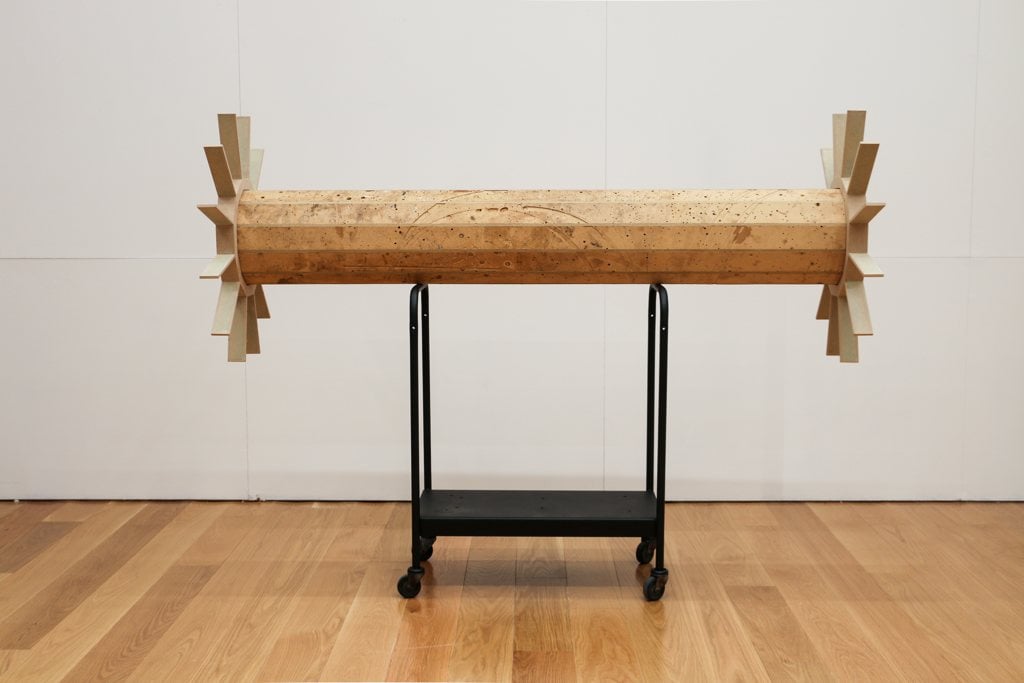
The Left Bank Leeds Art Prize exhibition opening event, showing the work of 38 artists in a Grade II* listed former church building, is on 17th July at 6pm, and the exhibition is open every day from 10am-5pm from the 17th to 20th July.
Five of the exhibiting artists have been shortlisted for the £500 Left Bank Leeds Art Prize, awarded by a public vote taken during the exhibition. The shortlisted artists (and their Instagram profiles) are:
Katy Bentham / @katy_bentham
Arit Emmanuela Etukudo / @arit_emmanuela
Sarah Louise Hawkins / @sarahlouise_hawkins
David Sowerby / @davidsworldtoday
Leon G Varga / @varga_leon
Left Bank’s mission statement includes its aims ‘to promote creativity, connection and well-being … to inspire and empower our community’, and this year’s exhibition invited works on the theme of ‘connection’. At The State of The Arts, we’ve asked each of the shortlisted artists a few questions, inviting them to tell us more about their work by using the themes of creativity, connection, well-being, inspiration, empowerment and community.
Below are the thoughts of David Sowerby, whose work can be found online here.
Our other artist interviews are here.
What were the first artworks or artists that connected you to art, and inspired you to become an artist?
I have always loved to make stuff and draw; I started to draw comic strips in my teens and that was probably the first version of ‘Artist’ that I wanted to be. This aspiration broadened and really flowered once I was on the road through art school, it was the constantly shifting and self questioning dialogues that really inspired me.
I have always been quite scatty and suffered from serious levels of self doubt, I found many kindred spirits at art school where these tendencies actually became unexpected strengths. I learnt that over confidence and quick success were more often pretty closed books, but self doubt was a means to seek new ways forward; to be more open and empathetic.
From doing classes at Jacob Kramer, Wakefield college, Coventry university and Goldsmiths college I met and was taught by many inspirational artists and academics that helped shape my outlook and a feverish conviction to make art, to keep asking what that means and how work comes to be successful or not? So really it is art school that is the real hero of this story.
What influences or inspires the work you’re making now?
All my works fundamentally revolve around the notion of a surrogate body, they are metaphorically imbued casements made to reflect that meaty vessel holding all the mechanics, chemistry and self awareness of living. I stay anchored to this motif and play with comparative references to processing machines, devices, idols, sensory receivers and transmitters.
That’s the short answer; but beyond this overview is a more complex and circumstantial array of kin aesthetic / conceptual questioning and obsessive sampling that taps in to my contextual experience; I don’t choose by design and buy my material ‘off the shelf’ as it were, but rather based on an attraction to its connection to my expanded experience of everyday life and labour. I allow this stuff to play an equally directive role (in the detail) of the physical and conceptual form that eventually coalesces as a finished piece, in this way the very fabric, or flesh of my works is drawn from the collection of a data set or a relic hunting activity.
Additionally, there is a fascination with the ‘function’ and ‘value’ of art objects; the line between pedestal and artwork; the nature of sculpture that ‘lures’ and affects a non-verbal experience, both in the making and viewing. In many respects the question of influence is a central one in my practice, when I make a work it is not designed at the outset but comes about through a succession of rational / emotional diversions and combinations of materials. I ask the question at every stage of the making process, each selection and decision adding conceptual details to express small truths and value judgements. For me these clouds of choices, some habitual and performative, and some contextual, direct the works.
Can you share any examples of people telling you about a connection or response they’ve experienced to your work? What connections are you seeking?
There is an off the cuff remark which artists and critics often use, that a production ‘works’ or ‘doesn’t work’, of course this casual judgement inevitably comes from a very subjective place coloured by a vast complexity of viewpoint, contextualisation, experience, critical discourse, social aesthetics and more; when art is made there are intricacies and references that strike a chord in some and bypass others. Of course titles can give the required key or a back story text to give more nuance and detail to those that are interested enough to look and read, but there is always a danger of killing the joke by over explaining it. Whether or not all the detail of these conceits are necessarily transferred and understood directly in the viewing is not entirely the endgame I aim for. The strata of possible engagements must also include a guttural response, often this relates to a perceived beauty or ugliness of form, detail or surface; but if I were to hope for anything in this guttural realm it would be akin to an unfathomable attraction that catches you off guard, a little like a strong recognition of a person without the specific memory of their identity.
Life in Britain at the moment is being subjected to Brexit, austerity, inequality, and increasing political and social extremism. Is this affecting your work as an artist on a practical level, in terms of being able to make work and exhibit, and do you have any advice or examples to help or inspire other aspiring or working artists?
The arts are in the firing line whenever times get tough and I do worry that our art schools will be negatively pushed and lose talented students who cannot afford to attend. For me being an artist means that you make work, whether circumstances are harsh and limiting or not. The work will reflect and adapt, expressing a moment that perhaps takes you to unexpectedly fruitful ground. A good friend and artist once got a job at Tate Modern as a gallery attendant, at first he would openly sketch whilst on the job but was soon reprimanded and reminded that he was forbidden to do anything but watch the work and visitors, this did not stop him however and he began to take in a smaller sketchpad which he would hold out of sight behind his back and sketch the people in the spaces; the drawings he started to produce were much less self conscious, beautifully gestural and very particularly interesting.
I have always (like most artists) worked in other roles to make sure bills are paid; the nature of my practice relies on a ground level sourcing of material which has been deemed not useful or spent, its part of my conceptual basis rather than an attempt at money saving, but it it does mean that I don’t spend much money on materials. It is still not clear how bad things may get economically and how the whole Brexit episode will affect our society, but I don’t think it will be good. There are far reaching dangers and re-definitions of ‘truth’ which fill me with a particular dread that I did not expect to feel at this moment in history.
If you could nominate any other currently working artists you know or like for a prize, who would they be?
I think I would single out the artist Simon Lewandowski for a prize, I have the pleasure of working with him at The University of Leeds where he is also a senior Lecturer in Fine Art. I have always found Simon to be very generous but honest in his dealings with staff and students, some may say too honest at times; though it seems to me that is really because he has never been seduced by the hierarchies of academia; being a most approachable and intuitive tutor. The thing about Simon, is that he never stops being excited… about art, he is not afraid to come after hours and make; there is no closeted cloaked practice and he will grind gears to get things right. A fine role model for dedicated art practice who has gained the respect and love of a lot of people.
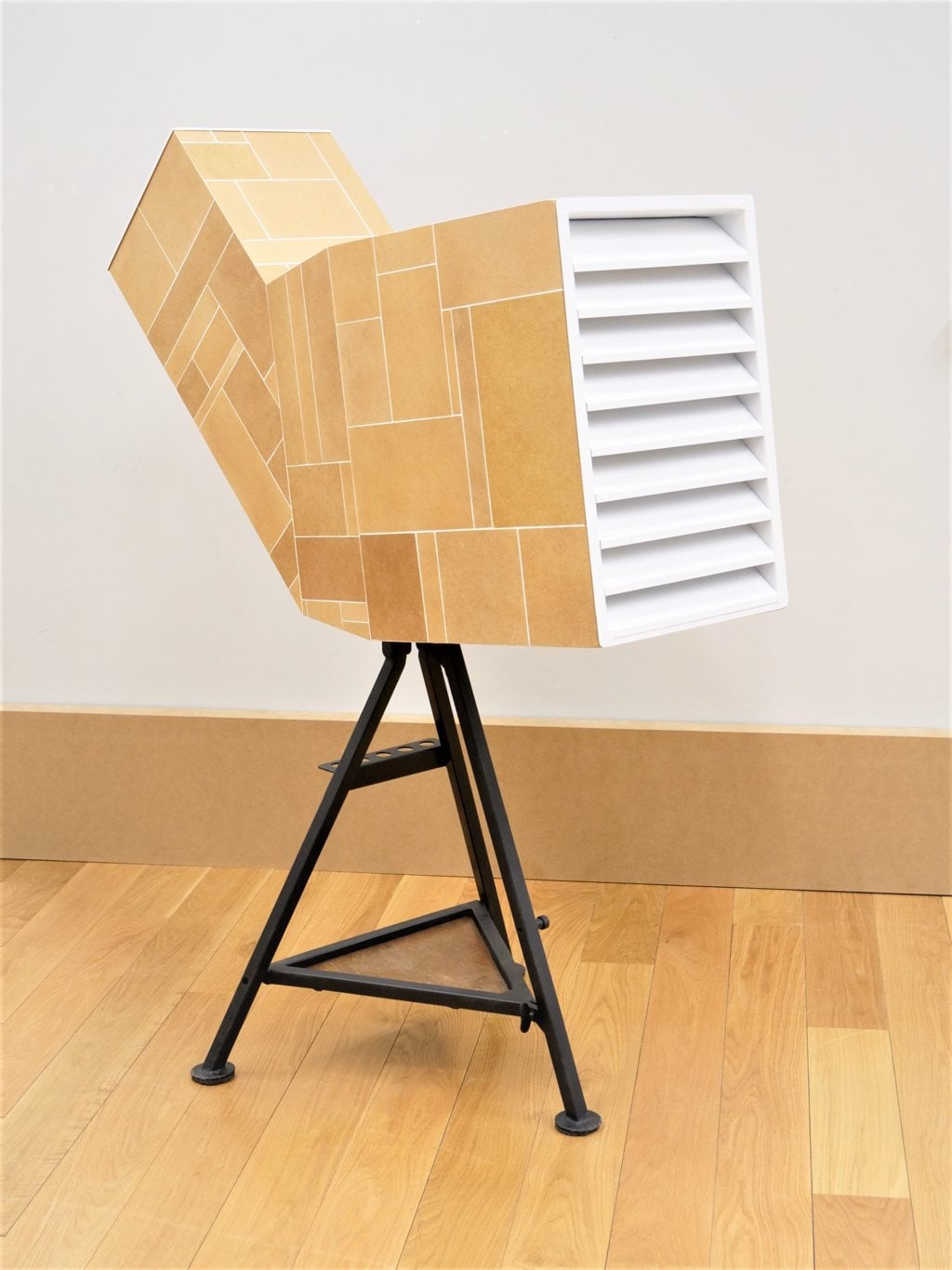

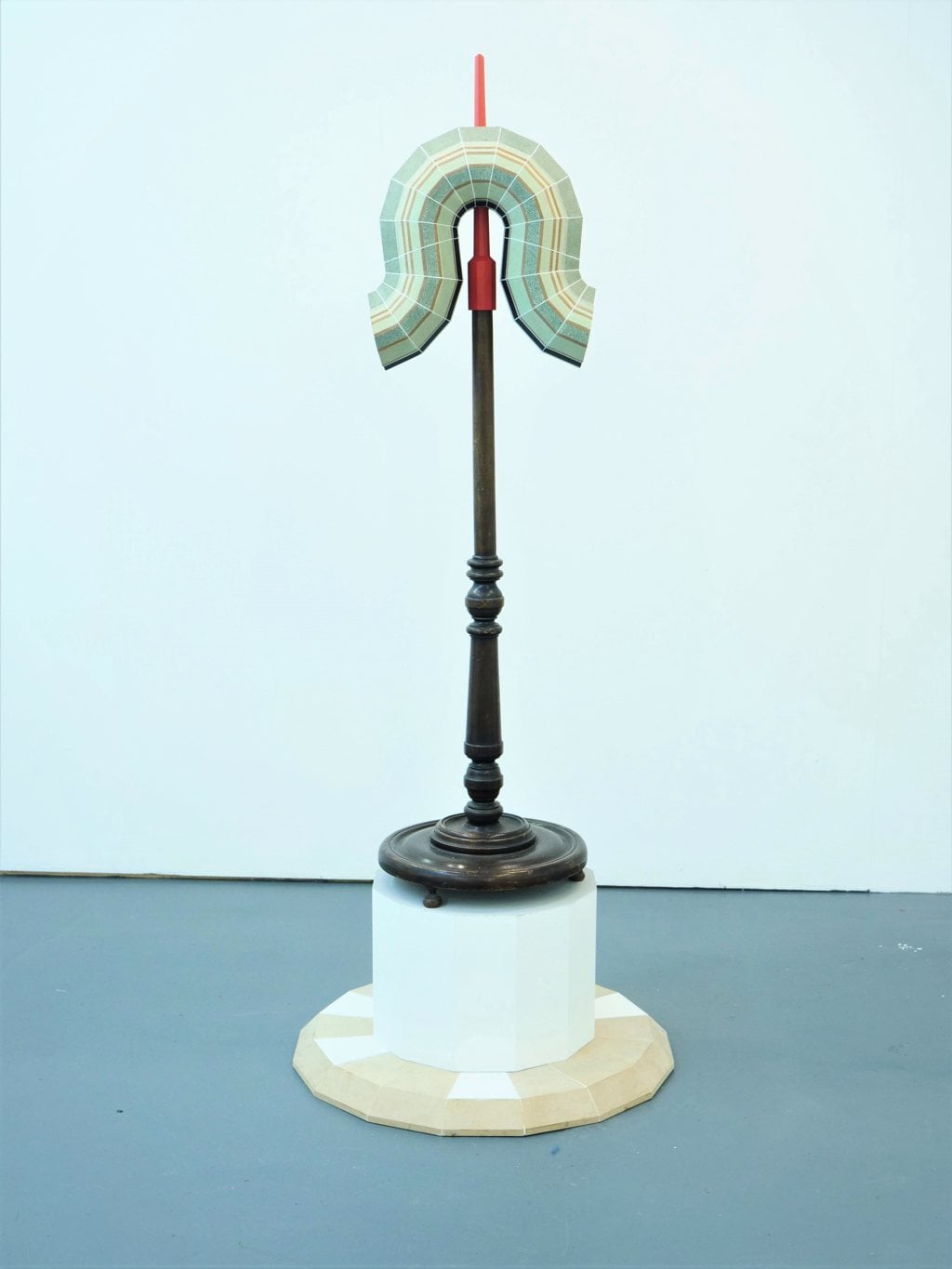
Filed under: Art & Photography
Tagged with: art, David Sowerby, Left Bank Leeds, Left Bank Leeds Art Prize, Left Bank Leeds Art Prize 2019
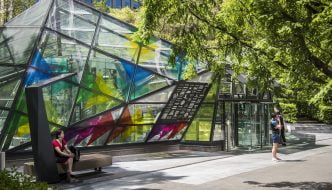

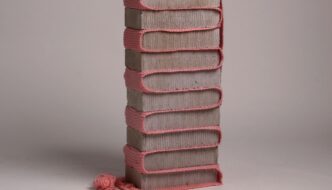
Comments